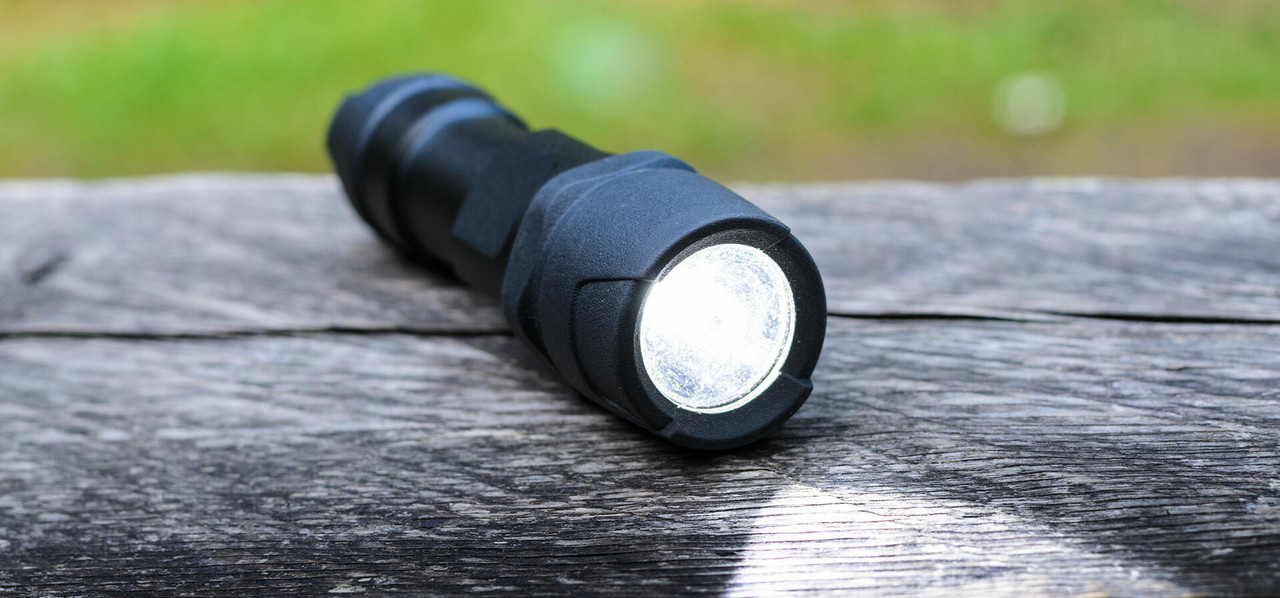A Tackle Shop Guide to Head Torches & Fishing Lights
When it comes to a fishing light, brightness is only half the story. The real test is finding a light that's tough enough to get knocked around and is designed for the specific application you need it for, whether that's a hands-free head torch for rigging, UV charging your lures or a submersible light for spotting prawns. This guide will walk you through the features that actually matter so you can pick a light that's right for you.
A Note From Our Local Experts
"I’ve seen firsthand how a head torch can make my night-time fishing more efficient. I often fish Bombo Beach for salmon and jewfish, or the Shoalhaven River for Australian bass at dusk, and when I need to re-rig, there is nothing more convenient than having both my hands free to tie on a new lure or re-rig a bait.
The benefits of having two working hands are huge, and the added safety around sharp hooks in the dark is up there. I’ve personally owned several fishing lights and head torches over the years, but my personal favourites are often the simple clip-on cap lights that attach straight to my fishing hat."
- Ben Czulowski, Owner, Fishing Tackle Shop (Ocean Storm) | 20+ Years In Retail
A Guide to Different Fishing Light Types
The first step is to match the light to the job. A hands-free head torch for rigging is a different tool from a light designed for spotting prawns.
✔
Head Torches: This is your hands-free work light. Its main job is to light up the area directly in front of you, allowing you to tie knots, re-rig, and unhook fish while keeping both hands on your gear.
✔
Clip-On Cap Lights: A fantastic, lightweight alternative to a full head torch. These simple lights clip directly onto the brim of your cap, providing a hands-free beam without the bulk of a headband.
✔
Handheld Spotlights: A spotlight has a powerful, focused beam for long-distance spotting. This is the right tool for navigating a boat in the dark, finding channel markers, or locating a specific spot on a distant bank.
✔
Underwater Prawning Lights: This is a specialised, fully submersible light. Unlike a head torch, which creates glare on the surface, a prawning light is used under the water, allowing you to clearly see prawns on the sand or in weed beds.
✔
UV Fishing Torches: A UV torch is a specialised light for lure anglers. When you shine a UV light on a "glow" lure, it charges the photoluminescent paint in seconds, making it glow incredibly brightly for deep-water jigging or night fishing. It is far more effective and faster than using a standard white-light torch to charge your lures.
Pro-Tips for Your Fishing Lights
- Preserve Your Night Vision: When rigging or unhooking a fish, use the lowest dimmable setting possible on your head torch. A super-bright, high-lumen beam is great for walking, but it will blind you when you're trying to tie a knot and ruin your natural night vision.
- How to Get the Best Battery Life: A head torch's high-lumen beam drains batteries at a much faster rate. To make your batteries last on a long trip, use the low-lumen modes for all close-up tasks and save the high beam for spotting.
- The Advantage of Disposable Batteries: The models we stock often use disposable batteries (like AA or AAA) for a key reason: reliability. It means you can carry a fresh, spare set in your bag, which is a dependable backup that a rechargeable-only torch can't offer on a multi-day trip.
Frequently Asked Questions
What's the difference between a "spot" beam and a "flood" beam?
A spot beam is a single, narrow, high-intensity beam of light, like a spotlight. It's designed for long-distance spotting, such as looking for a path on the rocks or a marker buoy. A flood beam is a wide, soft light designed to illuminate a large area close to you, which is far better for general tasks like rigging, unhooking fish, or lighting up a boat deck.
How many lumens do I actually need for fishing?
While a high lumen count (e.g., 300+) is great for walking or spotting, it's not the most important feature. For rigging and other close-up tasks, a head torch with a dimmable function or a low-lumen mode (e.g., 20-50 lumens) is far more practical. It prevents the blinding glare that reflects off your line and helps preserve your night vision.
What is an underwater prawning light, and why can't I just use my head torch?
This is a common question. A prawning light is a purpose-built, submersible lighting system. When you shine a normal head torch at the water, most of the light reflects off the surface, creating a blinding glare and making it harder to see. An underwater light is used below the surface, which completely eliminates this glare and allows you to easily spot prawns against the sand and weed.
Do I need to carry a torch on my boat for legal compliance?
Yes, this is a critical piece of safety gear. While rules vary by state, most maritime authorities in Australia require any boat operating at night (or in restricted visibility) to carry a waterproof, floating torch. This isn't just for you to see; it's a vital piece of safety equipment for signalling other vessels in an emergency or if your main navigation lights fail. We strongly recommend you check your local state's specific maritime safety regulations to ensure you are compliant.



